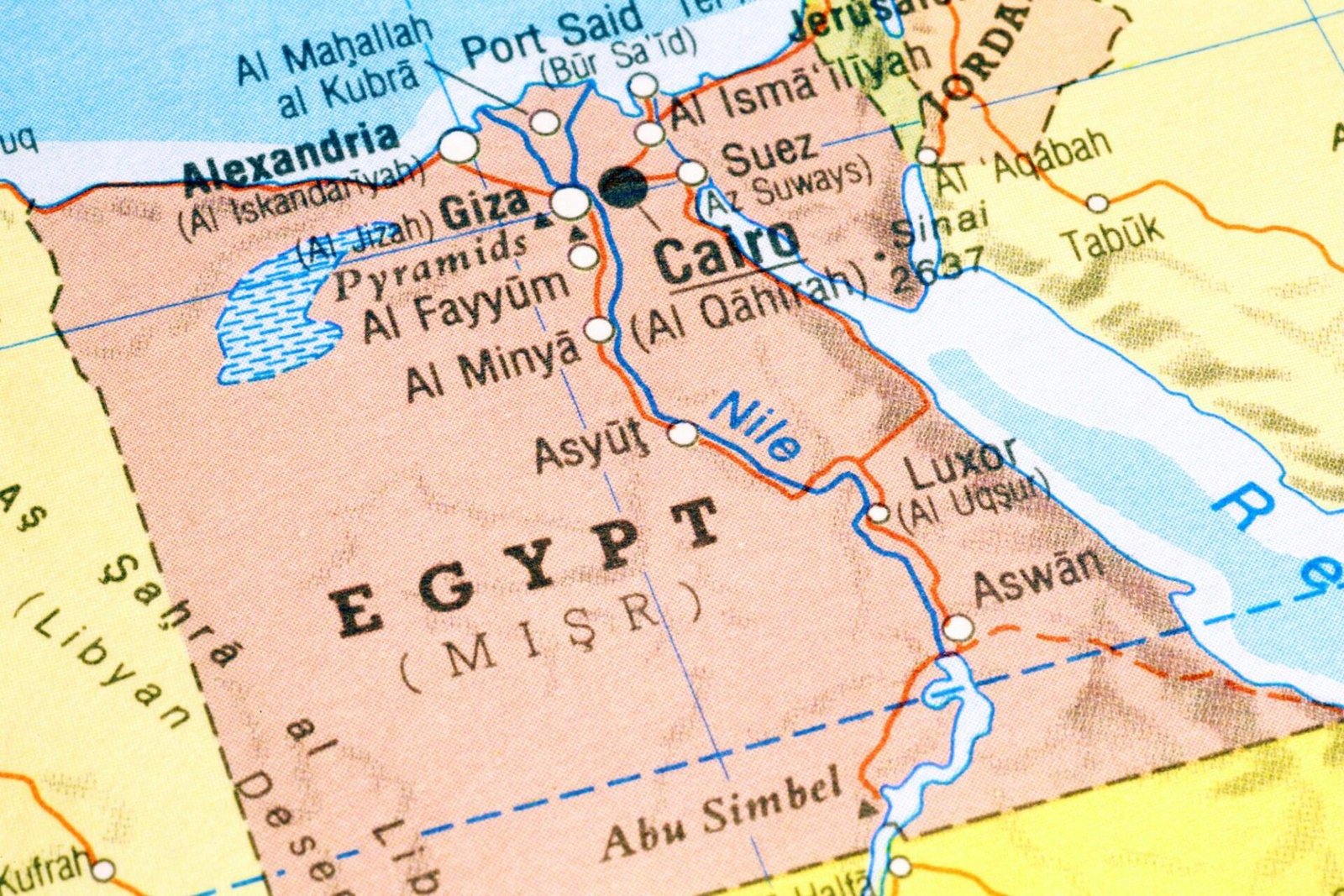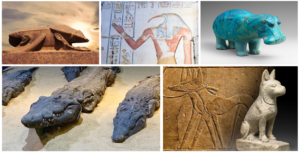Egypt was protected from invaders by natural barriers that covered it, including the Mediterranean Sea to its north, deserts to its east and west, and hazardous cataracts along the Nile. These natural barriers included the Mediterranean Sea to its north, deserts to its east and west, as well as dangerous cataracts along its Nile.
What is a Natural Boundary? A natural boundary is defined as any physical feature which acts to divide two countries geographically.
You may also like: Why Egypt is Called the Gift of the Nile
The Nile River
The Nile River was at the core of Egyptian civilization, providing life-giving waters and lush vegetation in stark contrast with the desert landscape surrounding it. Furthermore, its waters proved difficult for large military forces to navigate – thus discouraging invasion attempts.
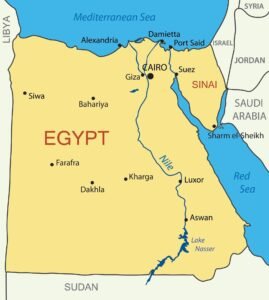
Invaders found it difficult to reach Egyptian settlements by water, forcing them to travel by land or air, which took more time, men, and equipment than traditional water methods.
Furthermore, rivers were an invaluable way for Egyptians to transport goods and people across their vast country quickly and effortlessly. River access was essential for mining expeditions, trade deals, architectural projects, general travel, funerary rituals, and funerary images featuring boats dating as far back as 3500-3300 BCE on Egyptian Predynastic Vessels; such vessels even feature prominently among funerary monuments!
Egypt took advantage of the Nile River to import food products from nearby cultures and cultures with limited access. This reduced transportation costs, helping ensure economic stability.
Egypt is defined by two geographical features – the Nile River and the Sahara Desert, the world’s largest desert. Egypt established its western border with Libya through an agreement with Italy in 1925, including As Sallum village. Egypt has no formal agreement with Israel regarding their eastern border; these matters remain in dispute along with any potential areas around Lake Nasser which encroach on Sudan.
Additionally, Egypt was protected by its river’s marshy delta, which made shipbuilding impossible for invaders attempting to launch naval assaults against it and provided Egyptian defenders with an advantage against potential aggressors. Furthermore, exporting products and services helped it flourish further as a civilization; natural barriers surrounded by both the Nile River and deserts protected its inhabitants against invaders throughout history, enabling them to thrive while developing highly sophisticated cultures over time.
The Mediterranean Sea
The Mediterranean Sea is a large saltwater sea that spans western Europe, Africa and the Middle East. It connects to both the Red Sea via Gibraltar Strait and the Bosporus waterway with the Black Sea via the Bosporus waterway as well as the Atlantic Ocean via the Suez Canal – its name derives from the Greek goddess Thetis, who represents the fertility of this sea.
Egypt’s geographic position was an integral factor in its wealth and power. The Nile River ran through the centre of the country, providing fish transportation as well as fertile land to cultivate crops on. Every year, it would flood, depositing silt to replenish soil supplies, while deserts on either side kept outside armies at bay.
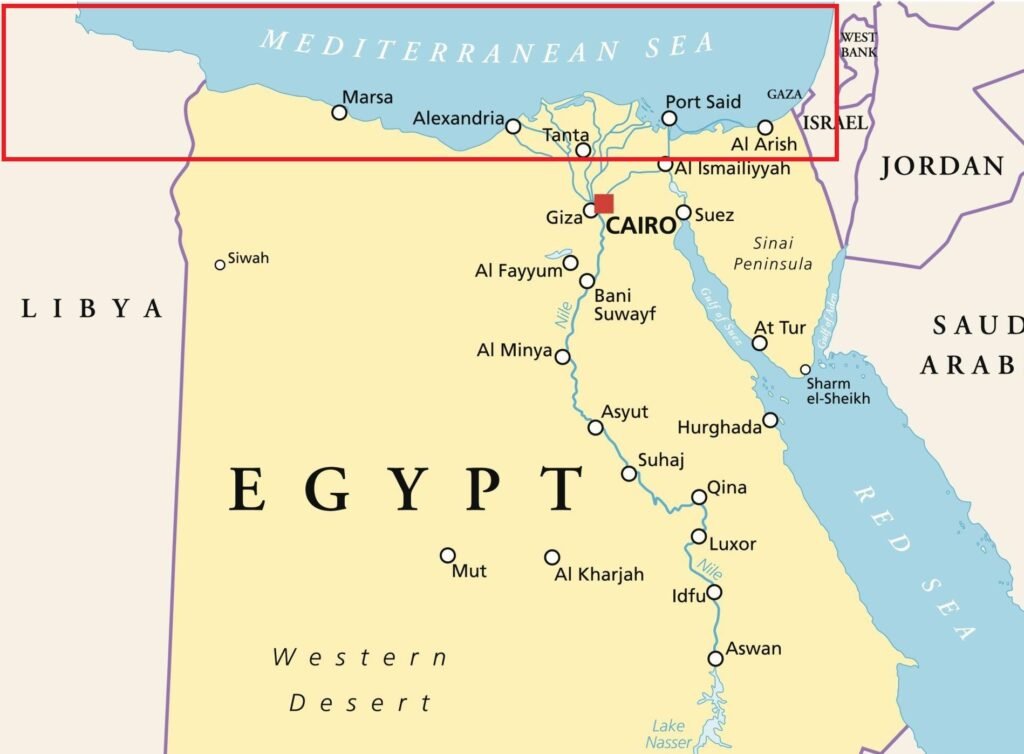
Egypt was protected from enemy soldiers by arid deserts located north and west, which prevented their troops from traversing them – particularly when Saharan sandstorms caused by sudden shifting winds blew across it, potentially swallowing whole armies whole.
Egyptians took advantage of both natural barriers to create a stable economic foundation through agriculture, mining and animal husbandry. Trade with other countries enabled them to acquire materials, including precious metals and semiprecious stones, from trade partners that enabled them to trade these resources with other countries for materials they needed for the pyramids and palaces they created during this time.
As Egypt’s economy expanded, villages sprouted throughout the Nile Valley. It was ruled by strong leaders who established themselves and their wealth through the rule of the villages by keeping out intruders while having access to food from both sources: the Nile River and the Mediterranean Sea, respectively.
Today, the Mediterranean Sea is under attack from invasive species. An Indo-Pacific fish called Lessepsian was accidentally introduced through the Suez Canal into Mediterranean waters and has since altered ecosystems significantly – placing stress on native populations as well as increasing human health risks. Scientists are calling for concerted efforts to contain the further spread of these foreign invaders; their arrival may also be related to climate change, resulting in warmer waters in Mediterranean Sea regions, which allow Lessepsian fish to flourish.
The Sahara Desert
Egypt was protected from foreign invasion by its sprawling Sahara Desert to the west and Mediterranean Sea to the north, as well as by annual flooding of its Nile River from which any attempt at attack would fail from any direction. Furthermore, its annual cyclical flooding made invading from any direction impossible and made accessing Egyptian territory virtually impossible from within Egypt itself.
The Sahara Desert is the world’s largest hot desert and features numerous distinct geographical characteristics that make life in it difficult for residents. These features include windblown sand dunes that form barriers difficult to traverse; hot, dry air masses which protect it from becoming covered with clouds; rapids and waterfalls known as cataracts in its upper section, among many others.
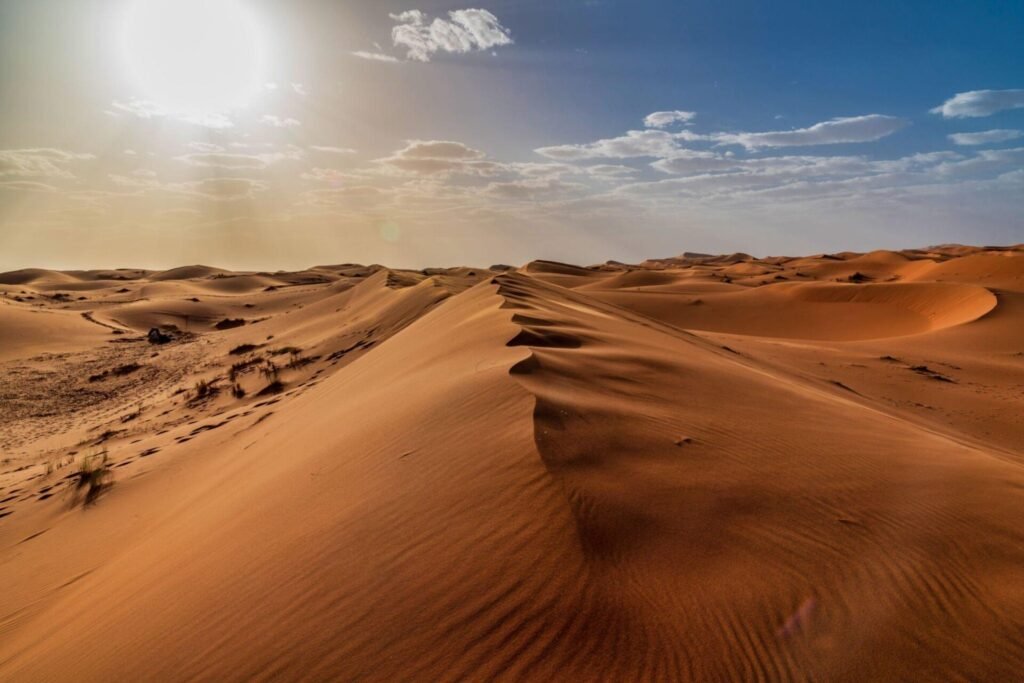
Archaeological evidence reveals that although now desert-like, the Sahara was once much wetter. Archaeological findings point towards a period of intermittent rain during Africa’s Humid Period around 10,500 years ago when fossils of crocodiles and other large animals have been discovered there, as well as rock paintings depicting herds of giraffes, antelopes and elephants dated back then.
Floodwaters would deposit silt onto the land and provide water for crops and plants, leaving fertile soil that could be used to grow food or build villages when they receded. Egyptians quickly learned how to adapt to this cyclical flooding of the Nile and manage their agriculture accordingly.
Ancient Egyptians developed a highly complex civilization across mountains, rivers, swamps and deserts. Their Nile River provided agriculture opportunities as they consumed an array of foods like wheat, barley, fruits, vegetables, olives, dates, and cotton. Furthermore, their geographical position protected them from invasion while providing peace of mind as they focused on developing as a culture – this allowed for calendar development as well as hieroglyphic writing, art, music, mathematics and even government under their powerful pharaohs (ancient Egyptian rulers who served for extended periods of time).
The Hyksos
Egyptians were protected by natural barriers like deserts and mountains that provided food security while keeping away invaders. The Nile River provided water and fertile land for agriculture. The Sahara Desert, the world’s largest desert, encroaches on Egypt’s western border; other deserts lay to its east, preventing most invasions by other nations.
The Hyksos (Egyptian: Heka Khasut or “rulers of foreign lands”) were the rulers of Ancient Egypt’s Fifteenth Dynasty from 1650-1550 BC, with Avaris serving as its capital city. Modern archaeological evidence indicates that these rulers did not invade; rather, they exploited power vacuums caused by decentralized kingdoms to take power themselves.

Up until recently, the identity of the Hyksos had long been up for discussion. A common perception has been that they came from Asia to take control of Egypt based on an anti-Hyksos source by Greek historian Manetho (who lived 1200 years after they existed).
Recent research has uncovered that Heka Khasut doesn’t translate to “ruler of foreign lands”; rather, it refers to an individual who acts as the head of gods or spirits.
Researchers now understand a different meaning behind the title Hyksos, changing how they view this period in Egyptian history. It appears that they weren’t an oppressive force but simply took advantage of an opening in power to further their own interests in Egypt.
Hyksos kings adopted aspects of Egyptian kingship such as royal titles, throne names and hieroglyphic inscriptions while also drawing upon elements from their West Asian heritage such as heka khsut titles, Semitic personal names and Near Eastern religious practices derived from West Asia. Their major monuments displayed undeniable eastern architectural styles reminiscent of Mari and Qatna Middle Bronze Age sites – something Egyptian administrative structures could never match effectively with tribal approaches to rule similarity.

